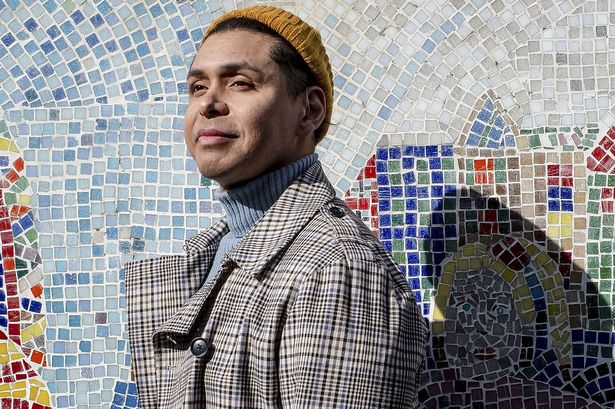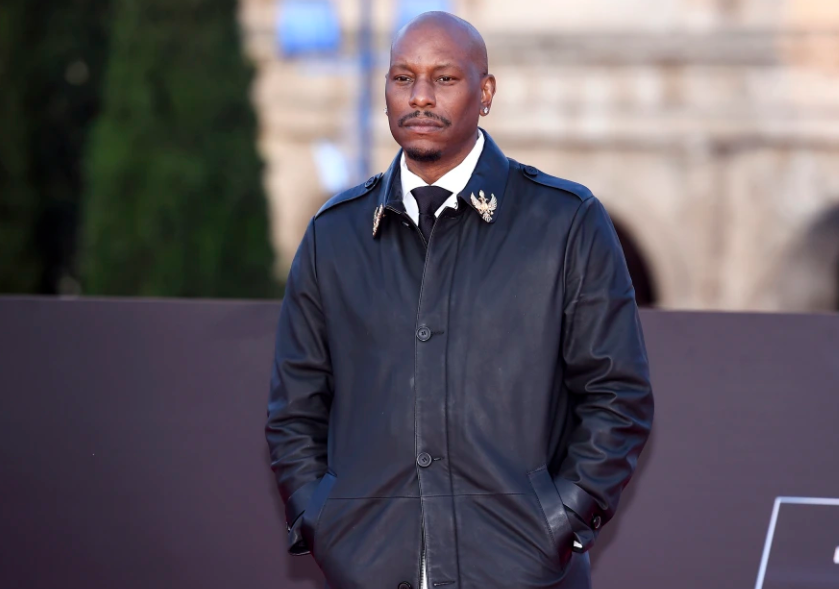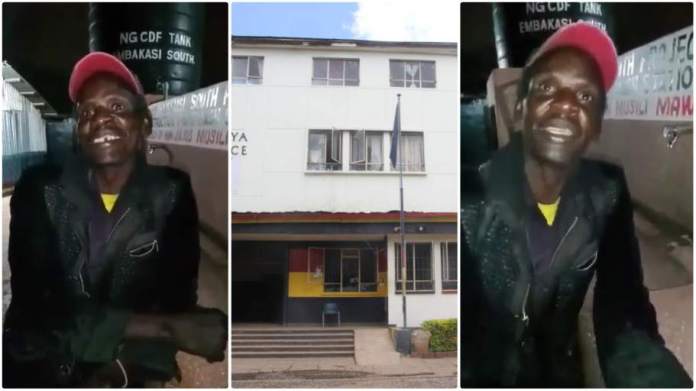A man from London has become the second person to be successfully cured of HIV in the latest breakthrough in the fight against the deadly virus.
However, the patient was not cured by the HIV drug but by the stem-cell treatment he had received as a ‘last resort’ to cure his blood cancer.
Tests conducted 30 months after he stopped taking antiretroviral therapy (ARV) have found no trace of the infection in his blood, semen or tissues, his doctors say.
The 40-year-old patient, Adam Castillejo, who is originally from Venezuela has now come out from the shadows following news of his triumph.
In 2016 he underwent a bone marrow transplant to treat blood cancer, receiving stem cells from donors with an uncommon genetic mutation. The mutation, which is found in less than one per cent of Europeans prevents HIV from taking hold.
He becomes only the second person to be cured of HIV after American Timothy Brown, known as the ‘Berlin Patient’, who recovered from HIV in 2011 after undergoing similar treatment.
Ravindra Gupta, the lead author of the study published in The Lancet HIV, revealed that the new tests results indeed confirmed that the patient was successfully cured.
‘We’ve tested a sizeable set of sites that HIV likes to hide in and they are all pretty much negative for an active virus’.
According to The New York Times, Mr Castillejo, then only identified as ‘London Patient’ was reported to have been cured of HIV after receiving a bone-marrow transplant to treat life-threatening cancer which he had.
The donor carried a mutation that hindered the ability of HIV to enter into cells.
Though effective, the approach reportedly has a 10-per cent mortality rate when applied and often doctors will have to weigh whether the risk of going ahead with the process outweighs the risk of doing nothing.
Although the development marks a major break-through, Castillejo underwent the process to cure his cancer and it is not a practical option for the widespread curing of HIV because of the risks involved.




